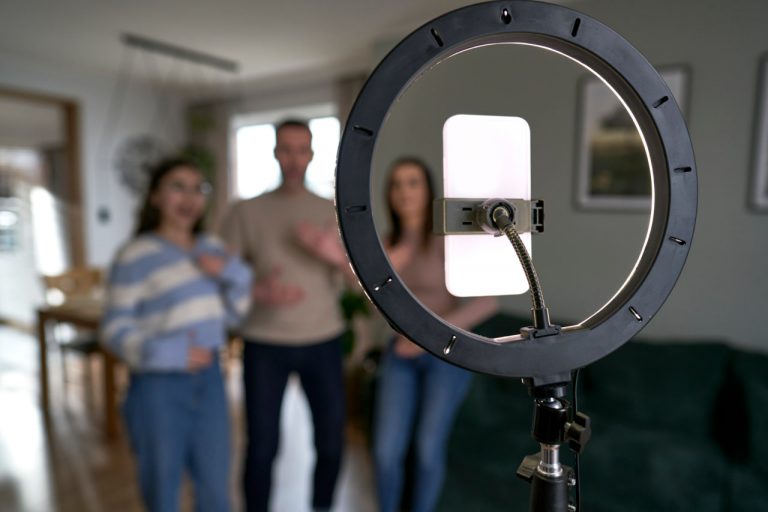Solving Common Lighting Problems on Set: A Practical Guide
Identifying Common Lighting Challenges Lighting on set can often be unpredictable and present various challenges…
Identifying Common Lighting Challenges
Lighting on set can often be unpredictable and present various challenges that affect the quality and mood of your footage. From harsh shadows and unwanted reflections to inconsistent color temperatures and flickering lights, understanding these common issues is the first step toward solving them efficiently. Being prepared with practical solutions ensures a smoother shoot and a more professional final product.
Dealing with Harsh Shadows
Harsh shadows are one of the most frequent problems caused by direct, strong light sources such as midday sun or bare bulbs. These shadows can obscure important details and create unflattering contrasts. To soften shadows, use diffusers or bounce light with reflectors to spread and soften the light evenly across the subject. Alternatively, repositioning the light source or moving the subject to a location with natural shade can minimize harsh shadows without compromising lighting quality.
Managing Unwanted Reflections and Glare
Reflective surfaces such as glass, mirrors, or shiny props often cause glare, which can distract viewers and reduce image clarity. One way to control reflections is by adjusting the angle of the lights or the camera relative to the reflective surface. Using polarizing filters on your lens can also reduce glare by filtering out polarized light. Additionally, strategically placing flags or black panels can block or absorb stray light that causes unwanted reflections.
Balancing Mixed Color Temperatures
Shooting in environments with multiple light sources often results in mixed color temperatures, where daylight meets tungsten or fluorescent lighting. This mixture can create color casts that are difficult to correct in post-production. To solve this, either use gels to color-correct artificial lights to match natural light or vice versa, or try to eliminate or minimize one type of light source. Setting a custom white balance on your camera helps achieve more accurate colors during shooting.
Preventing Flickering Lights
Flickering, especially from certain types of fluorescent or LED lights, can ruin footage and is usually caused by mismatched frame rates and light frequencies. To avoid flicker, shoot at shutter speeds that are multiples of the local electrical frequency (for example, 1/50 or 1/60 second shutter speed) or use flicker-free lighting equipment designed for video production. If flickering persists, consider replacing problematic light fixtures or using battery-powered lights.
Overcoming Low Light Conditions
Low light is a common challenge, especially when shooting indoors or during evening hours. To brighten your scene without introducing excessive noise, use fast lenses with wide apertures and increase ISO carefully to balance sensitivity and image quality. Bringing in additional light sources like LED panels or portable lights helps improve visibility and image clarity while maintaining the scene’s atmosphere. Using reflectors to bounce available light onto the subject can also make a significant difference.
Controlling Light Spill and Unwanted Background Illumination
Light spill occurs when light falls on areas of the scene that are meant to remain darker or neutral, reducing contrast and focus. Using barn doors, flags, and grids helps shape and control the beam of your lights, preventing spill onto the background or other unwanted areas. Positioning lights carefully and adding black wrap or tape can further block stray light and maintain control over your scene’s lighting dynamics.
Maintaining Consistent Lighting Across Shots
Continuity is vital in video production, but lighting conditions can vary dramatically between takes or scenes. To maintain consistency, mark your lighting setups carefully and document the positions, angles, and settings of your lights. Using light meters can help ensure the intensity remains consistent. In outdoor shoots, plan for changes in natural light by adjusting artificial lights or scheduling scenes according to the sun’s position.




